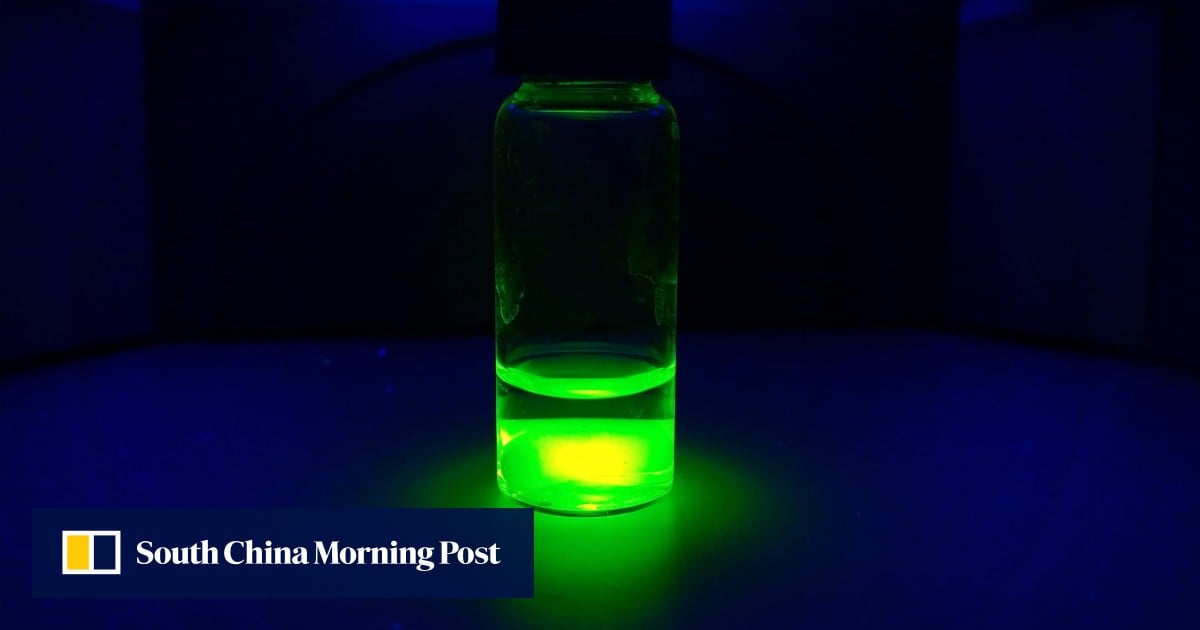
Scientists in China have unlocked the potential of a radical new type of LED technology that could potentially revolutionise a key component of today’s electronic devices, making them highly energy efficient, more luminous – and possibly cheaper.
Advertisement
Until now, widespread commercial adoption of the perovskite light-emitting diode (PeLED) has been hindered by one major roadblock: it tends to be unstable, leading to a short lifespan.
But this week, researchers published a study that showed how the lifespan of a PeLED could be extended to more than 20 years at a comparable brightness to commercial displays. The best PeLEDs currently last for an average of a few thousand hours.
“Our work is a new approach for designing efficient, bright and stable PeLEDs for real applications,” the team from the University of Science and Technology of China, Fudan University, and Nanjing Tech University said in a paper published in the peer-reviewed journal Nature on Wednesday.
Advertisement
When operating at 100 nits, which meets the standard of some commercial LED products, the team’s new PeLEDs had a theoretical lifespan of more than 185,000 hours, or around 21 years.
PeLEDs that are both durable and efficient could be used in commercial applications to create low-cost, ultra-bright lighting and high-end display screens.

